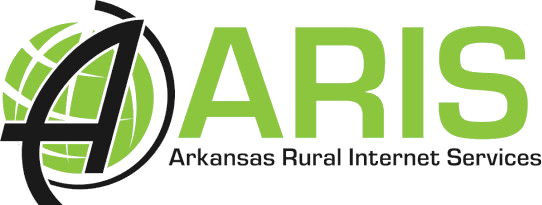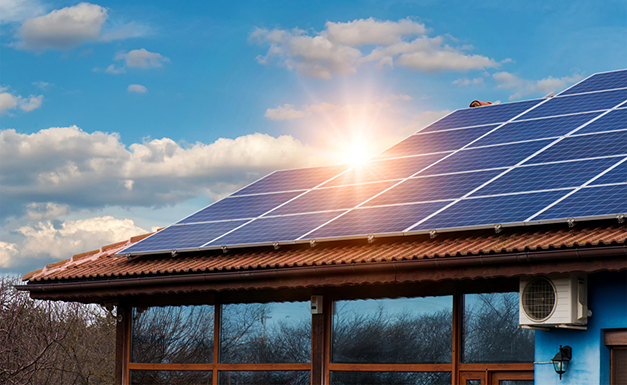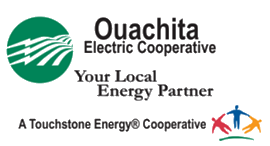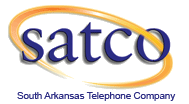|
|
The push for businesses to go “solar powered” has dramatically increased across the country over the past few years. Whether it’s the impact of the 30 percent tax credits, the fiscal benefit or a combination of both, more and more businesses are making the sustainable switch every year. In Arkansas, the solar market has flipped on its head in just the past year. According to the Solar Energy Industries Association (SEIA), Arkansas was ranked 46thout of 50 states in solar installations in 2017. In 2018, Arkansas jumped up 16 spots to a current rank of 30thas we near the end of the year. With over $170 million in statewide solar investment, and installation costs dropping by roughly 47 percent over the past five years, businesses that have not made the switch to solar need to start having those conversations – not “if” but “when.” |
The benefits for a business going solar are almost universal. There is the obvious draw of reducing a business’s environmental impact by utilizing the sustainability of solar power and the positive marketability that comes with that. But the common pull for most businesses is the cost savings on their utility bills. Reducing operating costs are always a top priority, and solar is one of the easiest and most efficient ways to do so.




